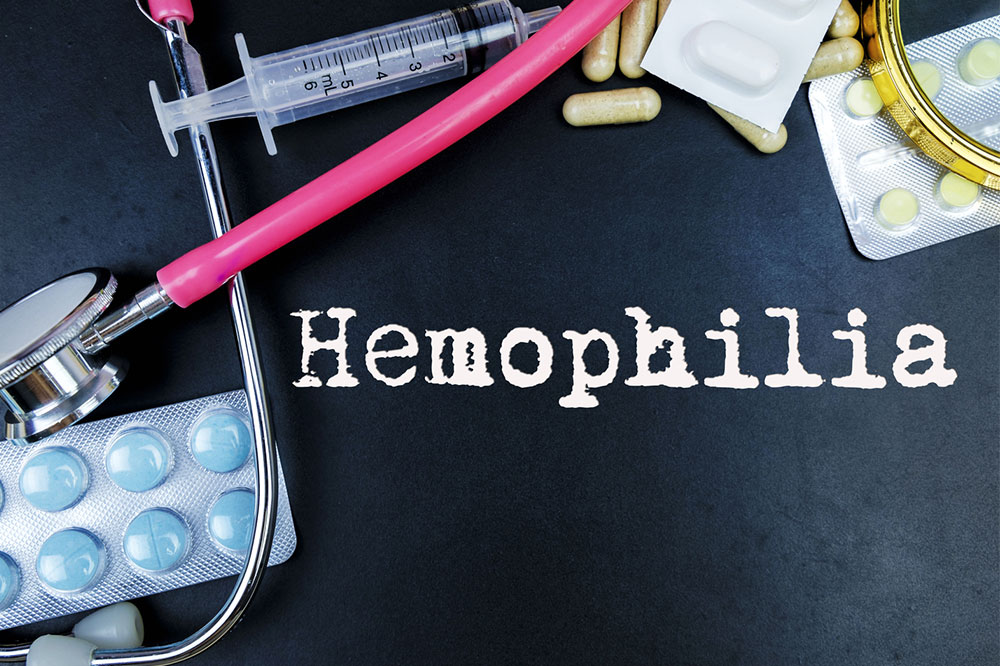
Symptoms, Diagnosis and Treatments for Hemophilia
Hemophilia is generally an inherited disorder where the blood does not clot. Spontaneous bleeding or continuous bleeding following an injury or surgery is how the condition is identified. Numerous clotting factors help to stop profuse bleeding. The lower the factor, the longer is the time that bleeding will occur. This can lead to further complications. Highlighted here are methods of diagnosis and treatment options for hemophilia.
Diagnosis and treatment options for hemophilia
Diagnosis
- To begin with, most people with hemophilia are diagnosed early on in their lives. However, this also depends on the severity of the symptoms presented. If you only have mild symptoms, then there is a chance that you may be diagnosed only when there is a problem (surgery or injury).
- The first thing to do will be to conduct a test to determine the presence of clotting factors and their levels. An aspect that will be important here is family history. If your family members are missing a certain factor, then it is very likely that you will be lacking the same too.
- If you are pregnant and know you are a carrier, then it is best that you inform the physician about the same. It is possible to find out if the child will have hemophilia through a test, which may present certain problems and risks. It is best to consult the physician about the same before you sign up for it.
Treatment options
The diagnosis and treatment options for hemophilia patients are well-known.
- The first line of treatment in this condition is to replace the specific missing clotting factor. This is typically done through a tube placed in the vein. While some people receive the replacement therapy regularly, you can also opt for it during a bleeding episode or surgery. This can be done through blood available in blood banks. There are other therapies that can be pursued too.
- Clot-preserving medications are specific medicines that may be prescribed to prevent the clots from breaking up.
- Fibrin sealants perform the important task of promoting clotting and healing. The sealant is applied directly to the wound site. Such sealants are typically used a whole lot in dental surgeries.
- Desmopressin is a medication that is injected directly and slowly into your vein. You can also use it in the form of a nasal spray. In certain kinds of mild hemophilia, this particular hormone can stimulate the body into producing additional clotting factors.
- Physical therapy can be pursued to ease signs and symptoms where there is damage to the joints due to internal bleeding.
- Minor cases of bleeding can be taken care of easily with light pressure and a bandage. Sometimes, an ice pack also works wonders to prevent/slow down the bleeding.
Being aware of the diagnosis process and treatment options for hemophilia are necessary to avoid further complications caused due to this condition.


